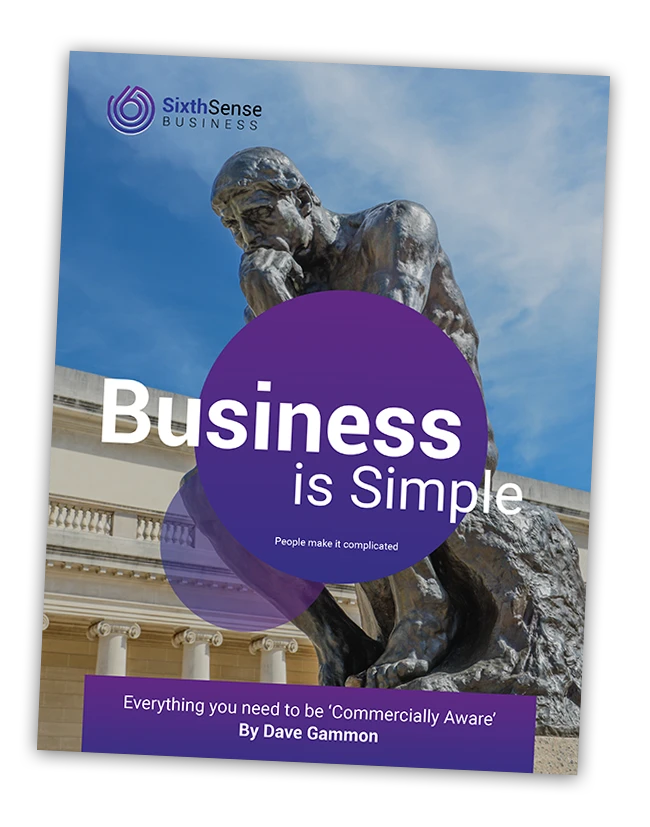
So, Boris has fired the starting cannon, the drivers are running towards their cars, and the race to the ‘new normal’ can begin.
Of course, for Business Leaders, relaxing the rules may be good news, although it’s not the case for every business. The real challenge now is to understand what ‘new normal’ means in practical terms. What will your customers, and your customer’s customers, behaviours be? What will be the impacts of both supply and demand shifts in your current market?
The term ‘fail forward’ has been increasingly creeping into my coaching conversations.
None of us has a crystal ball, and we are all operating in the unknown. By this, I mean those willing to do what it takes to relearn their markets, innovate, embrace mistakes and deal in reality (however brutal and uncomfortable that may feel).
There will be massive opportunities for many companies willing to take powerful, committed action now and fail their way forward. But what does it mean in practical terms? What should every company that has been in a state of hibernation be doing?
About eight years ago, I developed a strategy to coach a struggling company.
And it’s been repeatedly proven since. It does come with a caveat though.
You need to do it with intensity, focus and commitment, and you need to do it NOW. There’s one simple reason: any of your competitors who are switched on will already be doing it.
Step One
Produce four lists:
· Current customers (spent in the last six months) including their spending levels over the last two years and the value of outstanding quotations.
· New customer prospects in your sales pipeline including the value of any quoted work.
· Ex-customers (last spent more than six months ago).
· Old prospects who never converted into business.
Step Two
Develop:
· A list of questions that would be useful to know answers to (their current position, future intentions and what’s on the top of their concern list are good places to start).
· Some advantageous offers and pricing structures that might create commitment and sales (particularly if your business is cash-challenged), tailored for each of the four lists.
· A checklist of what needs to be covered in a conversation for each of the four lists.
Step Three
Hold a briefing session with your customer-facing team members and allocate contact lists for each of them to call, along with the call checklists, information on relevant offers/pricing structures and instructions on data to be captured.
Step Four
Execute the plan in the order the lists are written. Do not stop, or accept excuses, until all the customers/prospects on your list have been contacted (or at least three attempts have been made) and data gathered.
Set up a daily progress reporting system and a weekly update meeting.
Step Five
On completion, or when a critical mass of information has been gathered, review the results, and formulate:
· a realistic action plan and financial forecast for your company, based on the data you have gathered and your informed intuition.
· a marketing strategy designed around the market feedback you have received, designed to attract new customers, and mitigate any shortfall in your financial forecast
You are now as well-informed and therefore as well-placed as possible to make sound commercial decisions about moving your company forward.
